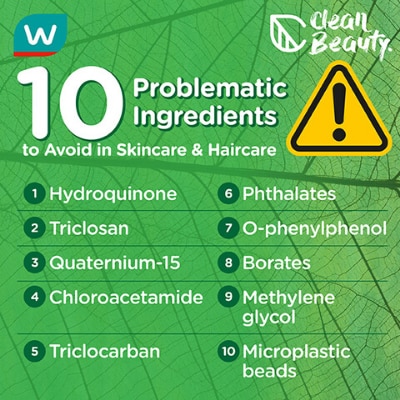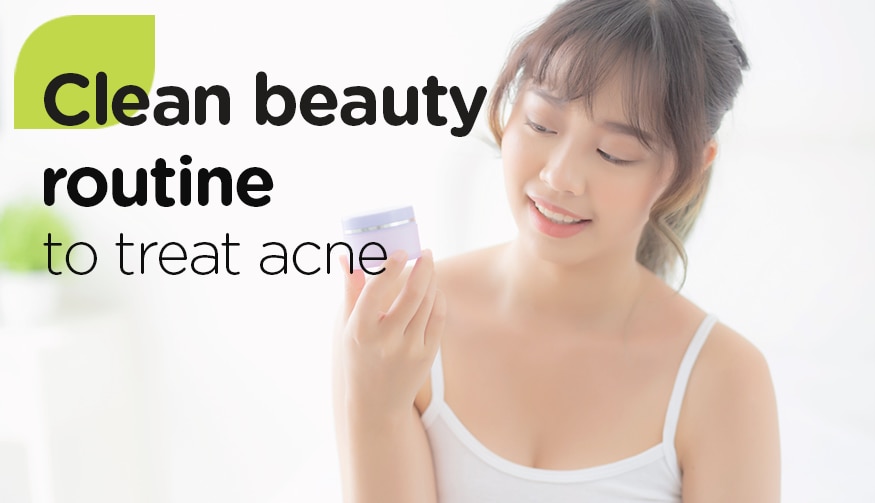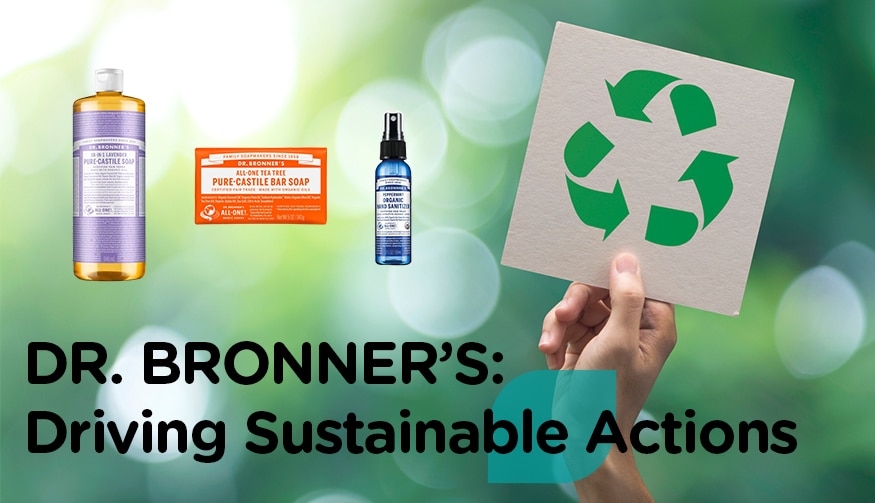‘Clean Beauty’ is the latest beauty buzzword, but what does it really mean? Why making the switch to ‘clean beauty’ is such a good idea? Not to worry, we have got you covered. Keep reading to find out more about this non-toxic beauty trend…
#1 What is ‘Clean Beauty’?
Clean beauty is still open to interpretation, so it’s hard to settle on one definition. Essentially, clean beauty means that you can use a product without risking your own health. The term ‘clean’ refers to products that are mindfully created and formulated only with safe, non-toxic ingredients (natural and/or synthetic). Unlike natural and organic beauty, clean beauty doesn’t shy away from synthetic or lab-created ingredients.
#2 Why do you need to avoid potentially toxic beauty ingredients?
Your skin is your largest organ and it absorbs everything you put on it. Be sure you know what you are putting on your skin, as your skin absorbs these ingredients like a sponge into the body. If you’re applying potentially toxic chemicals every day, they get absorbed into your body and may lead to irritation, redness, sensitivity, or even health issues like skin cancer, nervous system issues, reproductive issues, and more.
Clean Beauty_Why do you need to avoid potentially toxic beauty ingredients
Enjoy the videos and music you love, upload original content, and share it all with friends, family, and the world on YouTube.
#3 What problematic ingredients should you highly avoid?
The major ones to avoid are hydroquinone, triclosan, quaternium-15, chloroacetamide, triclocarban, phthalates, o-phenylphenol, borates, methylene glycol & microplastic beads.


Find out everything you need to know and learn how to switch to Clean Beauty
1. What’s the difference between clean & natural beauty?
It might seem like they’re the same thing. Yet, ‘clean’ products can be synthetic and/or natural that are safe to use, while the word ‘natural’ isn’t a guarantee that every ingredient in the product is safe.
2. What’s the difference between clean & organic beauty?
The term ‘organic’ means the products are produced without the use of Genetically Modified Organisms (GM), herbicides, synthetic fertilisers and more. Meanwhile, clean beauty is synonymous with non-toxic beauty.
3. Does clean beauty really work?
Clean products are not only as good, but they’re also better than the old traditional one as they’re using ingredients filled with good nutrients.
4. How can you tell if a product is really clean or not?
The safest way is to examine the ingredients list, check the certification seals, and to find a brand you trust.
1. Pay attention to ingredient labels
Think of it as you think of food labels. The first ingredients on the list are used in the highest concentration, in descending order. Be sure you keep an eye out for common dirty ingredients that often come with long, hard-to-pronounce names.
2. Start small
You don’t have to switch everything at once. Replace one or two items with a safer option if it is in your budget this month. Then, replace another one or two the next month. It’s a great idea to start by swapping out the body care products that you use daily, such as deodorant, lotion.
3. Pick less packaging
The more minimal, sustainable the packaging, the better for the earth.












